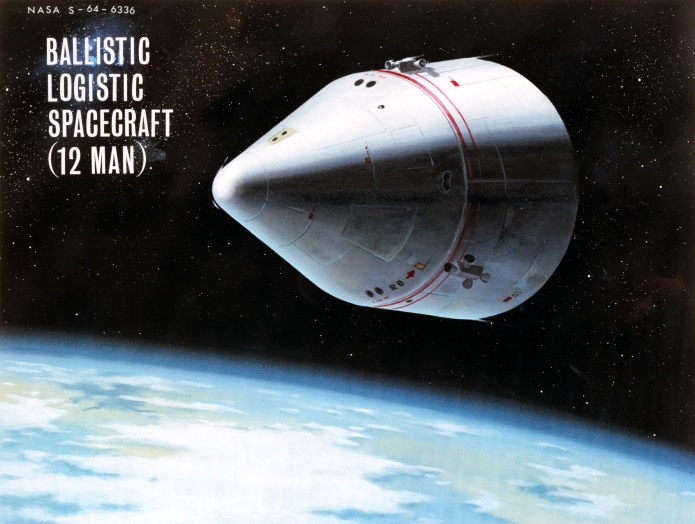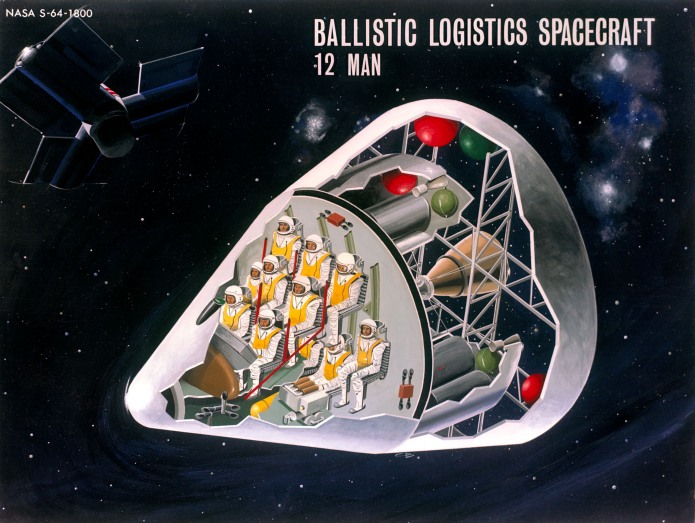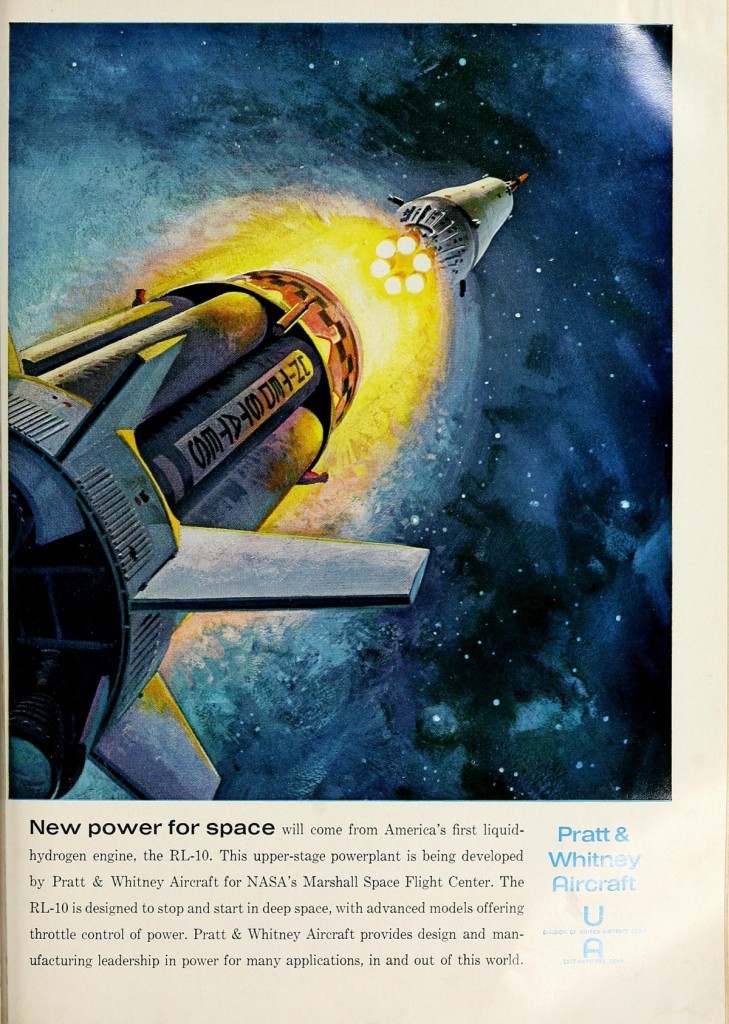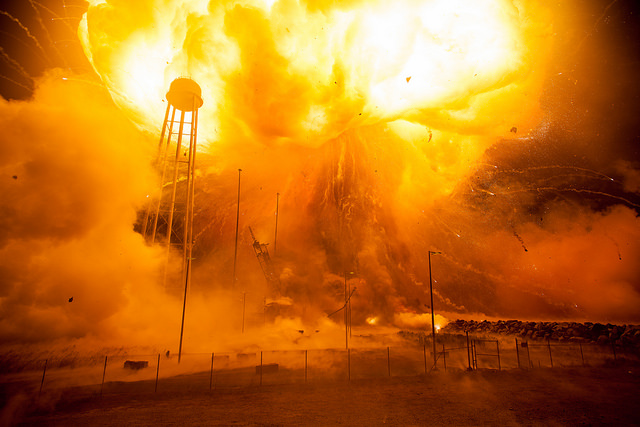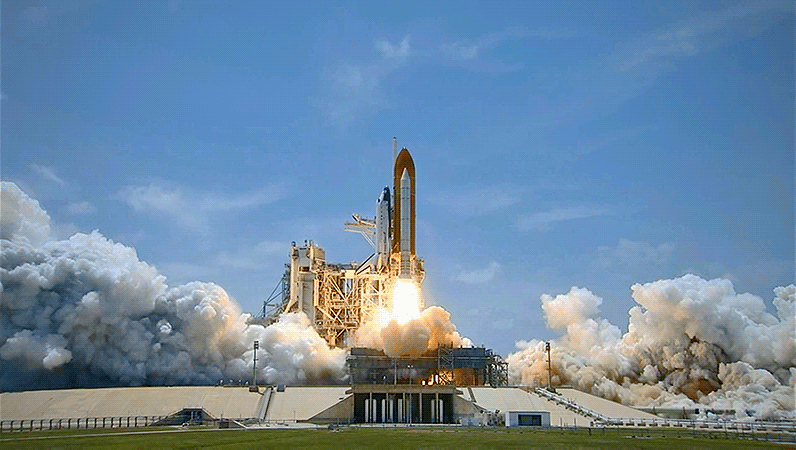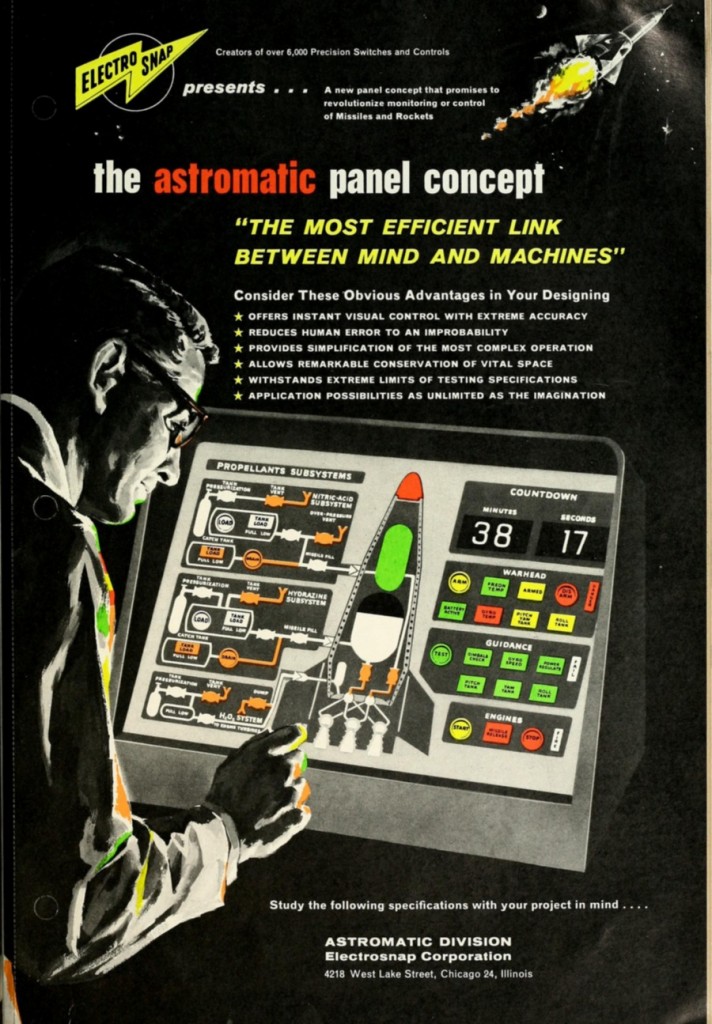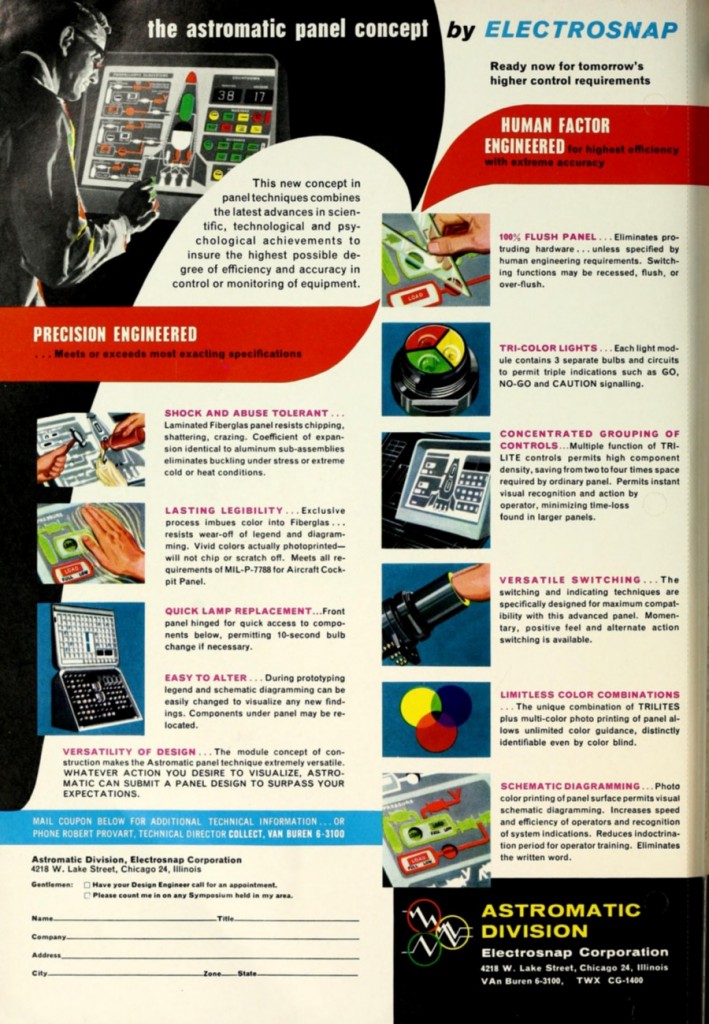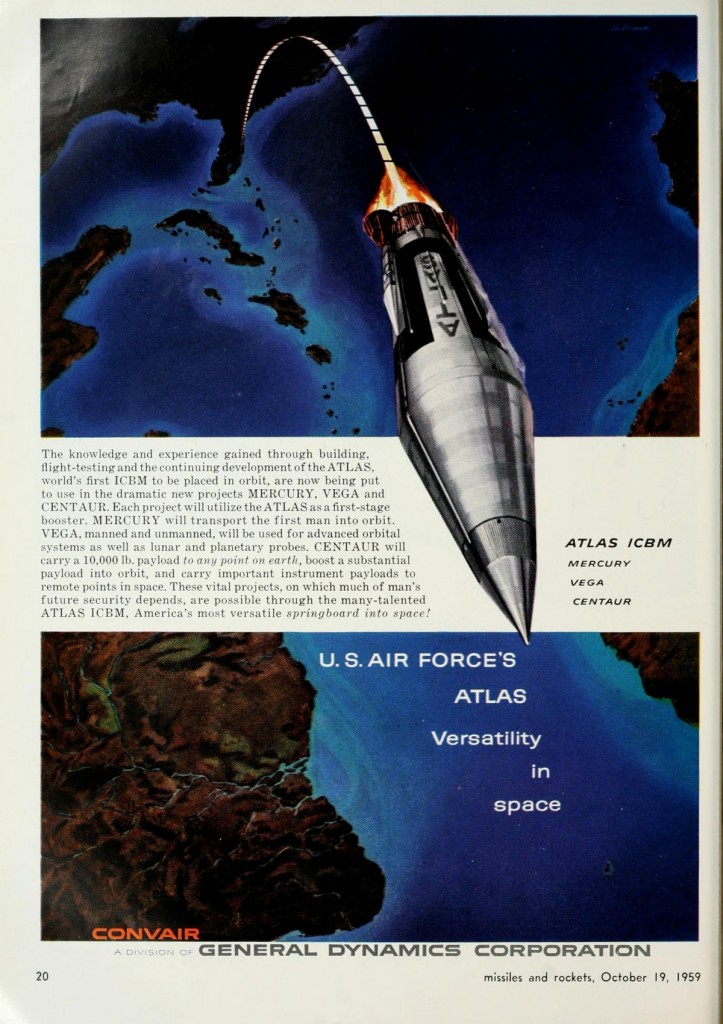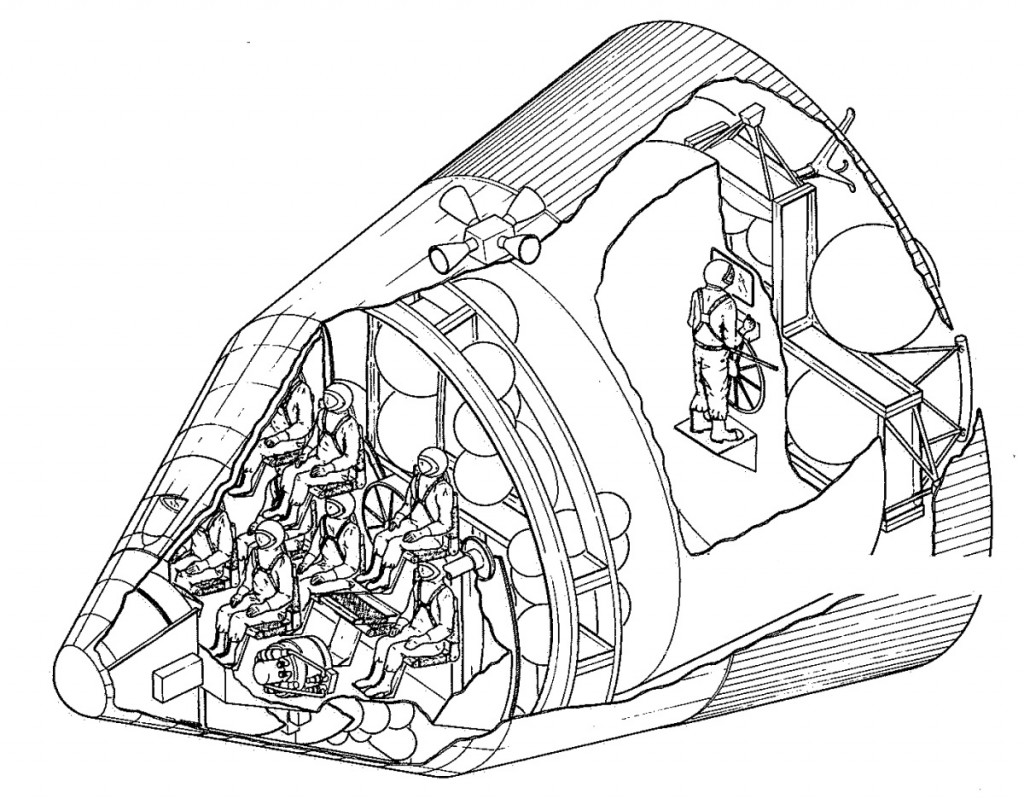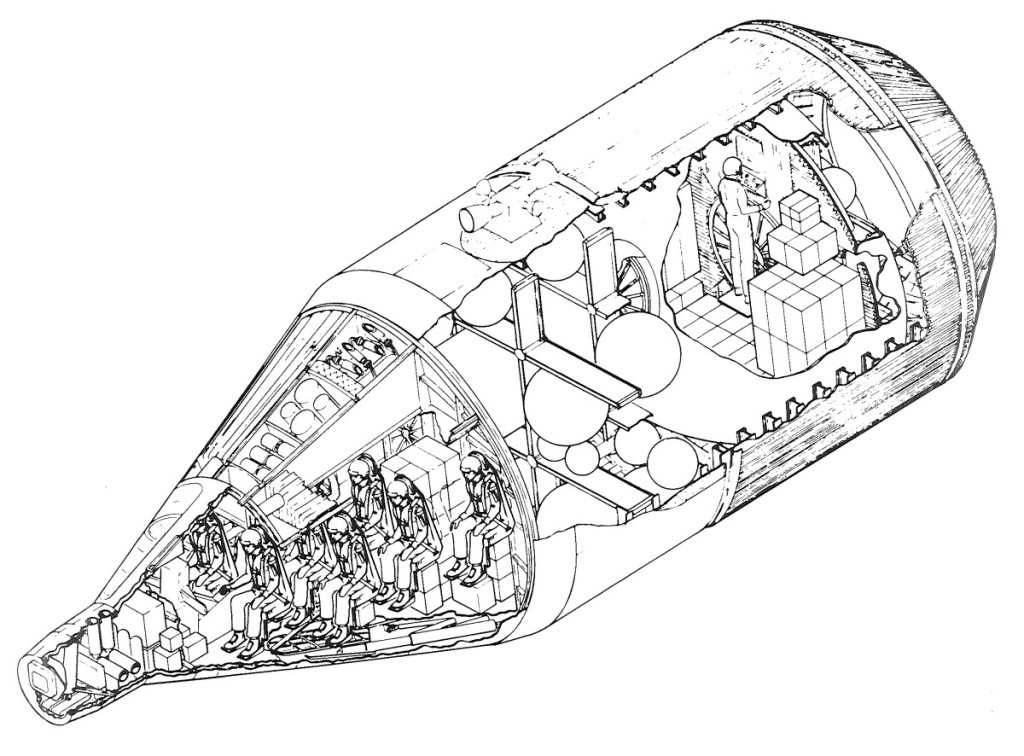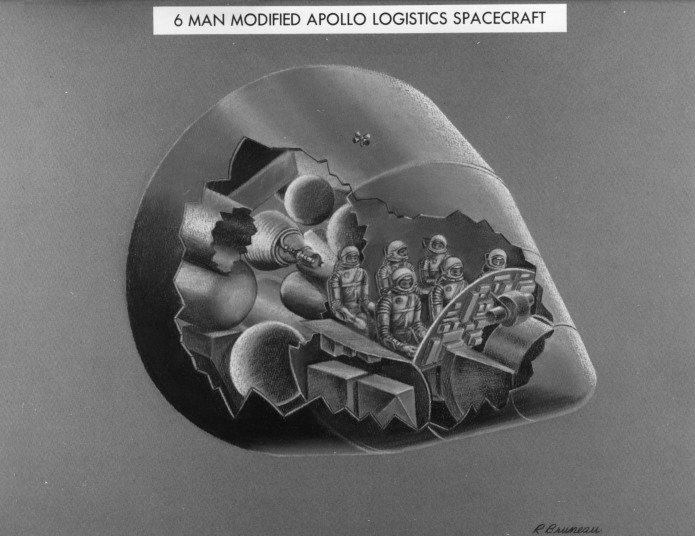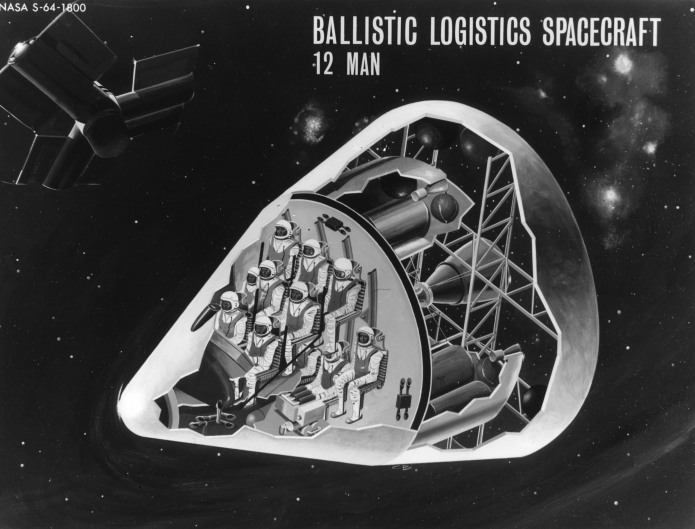I released a two-part tale in the Pax Orionis series back in September, but nothing since. Partially due to travel, partially due to stress not being terribly conducive to creative writing. nevertheless, I’ve been writing, and am within spitting distance of finishing the next yarn, “The Blast from Jackass Flats.” The earlier two-parter told of an incident during the Great War of 1984 from the viewpoint of civilians on the surface, with Orion spacecraft way off in the distance; this next story deals explicitly with an important incident in the history of the Orion program. It will almost certainly be a one-parter rather than two.
Most of the Pax Orionis stories will be in different styles. This one is in the style of an author trying to tell the story from some time later. The author is perhaps overly interested in technical details…
If interested, please take a look at and consider signing on to the Pax Orionis Patreon. Only a buck!
